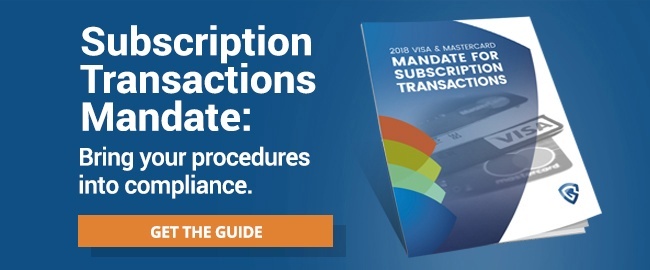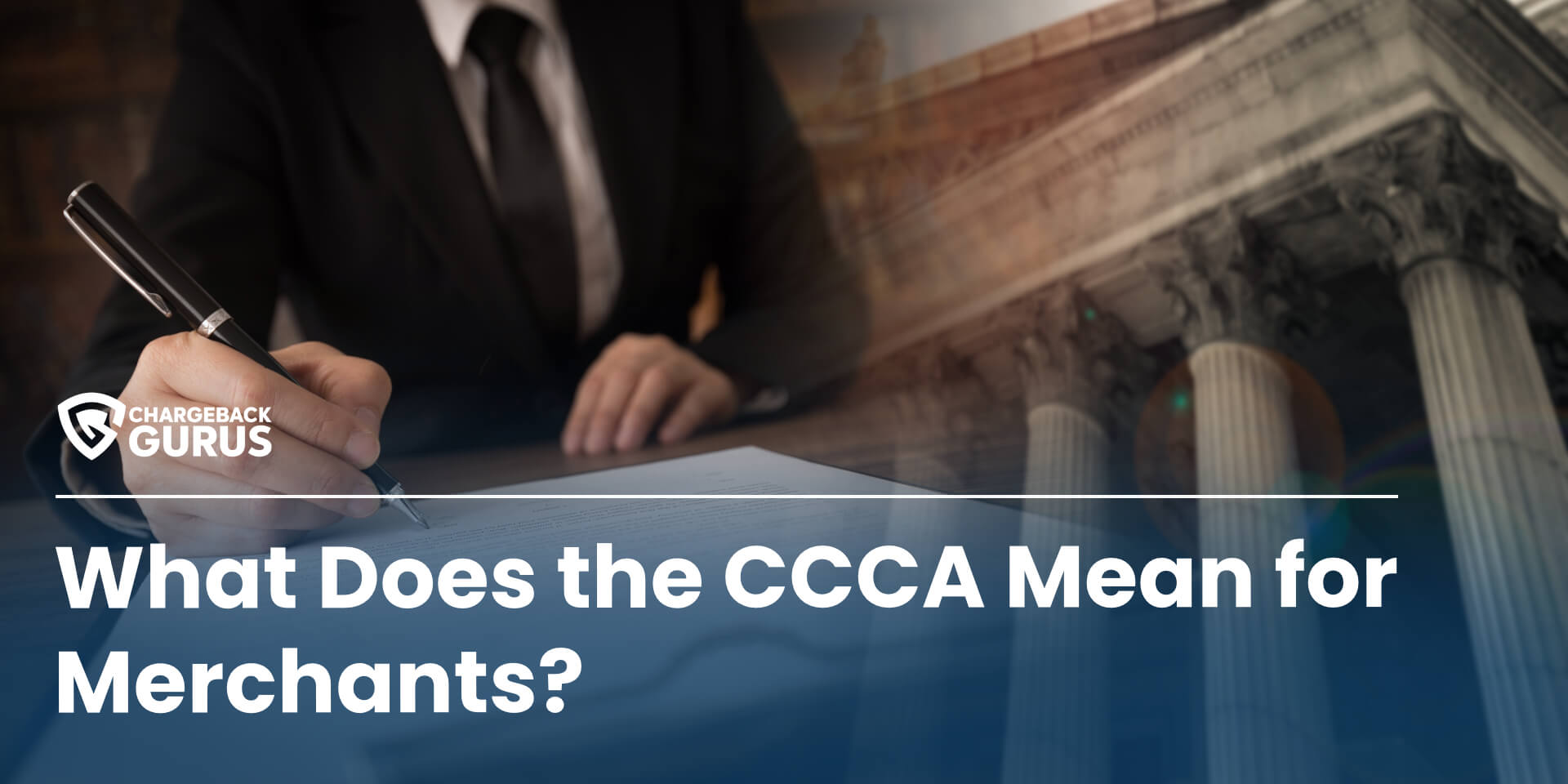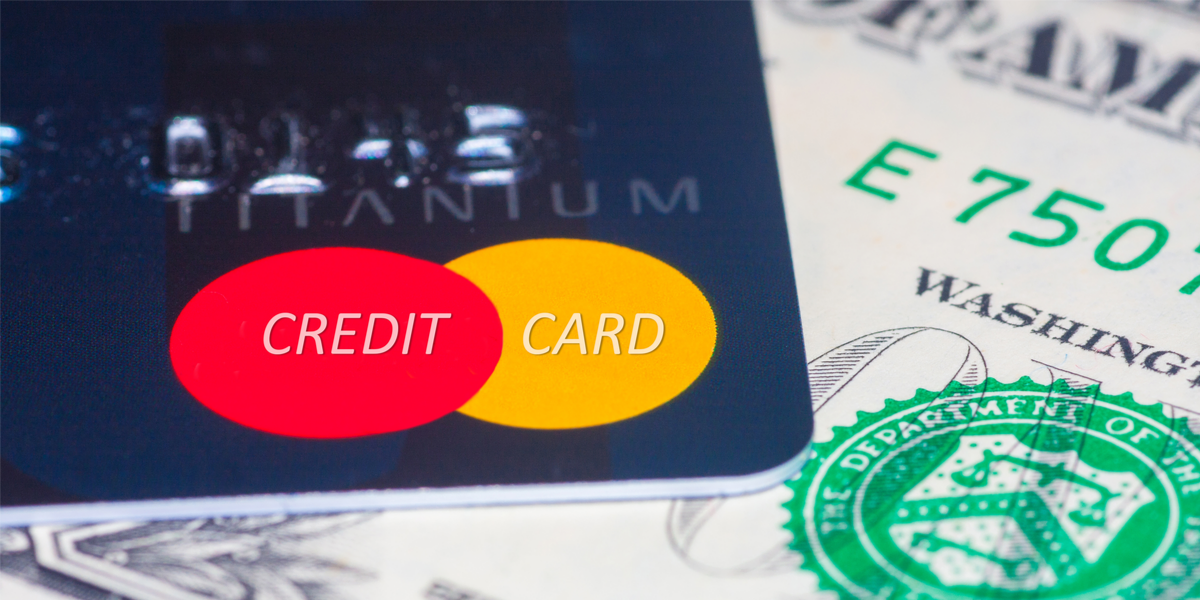Mastercard Policy Change: No More Signatures
Although debit and credit card issuers have made the signature requirement a mainstay for merchants up until this time, Mastercard recently announced a policy change. Beginning April 2018, the financial services giant will no longer require U.S. and Canadian customers sign their names for credit card purchases.
This is groundbreaking, since the signature has been a part of the card authorization process for so many decades; this will mark the first time that it is not. If you have read the tea leaves, then perhaps you would have seen this coming. Already, an overwhelming majority of card-present Mastercard transactions have not carried the signature requirement.
Until now, merchants have dutifully requested that customers sign their names after submitting their debit or credit cards for purchases made. The practice has been the final part of the verification process to protect both customers and merchants, ensuring no fraud is committed. However, customers rarely sign on the dotted line properly; at best issuing a scrawl, and writing something completely illegible at worst, rendering the signature meaningless as a security measure.
As such, the signature has become an obsolete practice; signatures are not proven to significantly counteract fraud in a manner in which issuers can point to as substantial enough to justify.
In fact, RILA (Retail Industry Leaders Association), in applauding Mastercard’s decision, has summed up the signature requirement as a “costly, yet feeble means of securing transactions.”
 Requesting a traditional signature has produced many pain points. It has only led to longer lines and wait times, and more impatient customers, who are eager to quickly complete their transactions and get on with their busy lives. Many potential customers may have even stayed away from doing their shopping from certain merchants after witnessing lengthy checkout processes that tie up their time.
Requesting a traditional signature has produced many pain points. It has only led to longer lines and wait times, and more impatient customers, who are eager to quickly complete their transactions and get on with their busy lives. Many potential customers may have even stayed away from doing their shopping from certain merchants after witnessing lengthy checkout processes that tie up their time.
Mastercard recognizes the signature no longer holds the value it once did as a countermeasure for threats against a cardholder’s identity. The credit card company has put in place valuable security tools that offer consumers protection, while enabling merchants to have better protection against consumer-related losses, such as chargebacks.
A chargeback is issued when a customer has a complaint against a merchant, but rather than taking that complaint directly to the merchant, the customer seeks remuneration through their debit or credit card issuer.
Bypassing the merchant in this way holds costly consequences—for the merchant, not the customer. In the vast majority of cases, the customers win and receive a reversal of their charges, or in essence a refund. The merchant is stuck not only with having to return the money, but also paying a chargeback fee, which can be as high as $100 per disputed transaction. Signatures never really had a big impact on how the issuer sided in a chargeback dispute. As a result, Mastercard’s move is certainly appropriate.
Signature-free transactions are not likely to create a sudden spike in chargebacks. When you consider that over a third of chargebacks occur because a merchant fails to take basic preventive measures, says Chargeback Gurus co-founder Suresh Dakshina, it is clear that the signature requirement is not the cure-all it is sometimes made out to be. For example, rather than solely rely on a signature block, a merchant should make sure a customer receives a clearly printed invoice for every transaction. That invoice should include details such as the billing terms, product identification information, and the best way for the customer to reach the customer service department to resolve any issues. Refund or exchange information should be stated clearly in plain English, so customers do not get confused about the process, and resort to a chargeback for a speedier resolution.
 Mastercard uses a host of security tools to protect merchants against chargebacks and other potentially fraudulent activities. Its Simplify Controls layered security tool for small- and medium-sized businesses allows them to set thresholds, such as a maximum transaction size. Its Early Detection System sends out alerts, and quantifies the risk of any high-risk cards and accounts, those that it has deemed associated with enough fraudulent activity as to warrant scrutiny and extreme caution. Along with these Mastercard tools, new forms of digital payment, such as chip cards, tokenization, and biometrics, are safeguarding merchants in ways never before possible. Chip (or EMV, short for Europay, Mastercard and Visa, the three early adopters of this technology) cards in particular are providing greater levels of security, more than a signature could ever offer a merchant. That is, after all, the goal: a better customer experience, coupled with greater merchant security.
Mastercard uses a host of security tools to protect merchants against chargebacks and other potentially fraudulent activities. Its Simplify Controls layered security tool for small- and medium-sized businesses allows them to set thresholds, such as a maximum transaction size. Its Early Detection System sends out alerts, and quantifies the risk of any high-risk cards and accounts, those that it has deemed associated with enough fraudulent activity as to warrant scrutiny and extreme caution. Along with these Mastercard tools, new forms of digital payment, such as chip cards, tokenization, and biometrics, are safeguarding merchants in ways never before possible. Chip (or EMV, short for Europay, Mastercard and Visa, the three early adopters of this technology) cards in particular are providing greater levels of security, more than a signature could ever offer a merchant. That is, after all, the goal: a better customer experience, coupled with greater merchant security.
Thanks for following the Chargeback Gurus blog. Feel free to submit topic suggestions, questions or requests for advice to: win@chargebackgurus.com



